Cats, our enigmatic companions, have long been the subject of fascination and adoration. Their curious antics, elegant movements, and affectionate purrs make them cherished members of our families. As they grow older, however, they may face challenges similar to those humans encounter with aging, including cognitive decline. Recognizing the early signs of cognitive decline in your feline friend can be vital in ensuring they receive the care and support needed to maintain a good quality of life. In this article, we’ll explore the subtleties of cognitive decline in cats, offering insights and guidance to help you detect these changes early.
Understanding Feline Cognitive Dysfunction
Feline Cognitive Dysfunction (FCD) is similar to Alzheimer’s disease in humans. It affects older cats and can lead to a decline in their cognitive abilities. Understanding FCD involves recognizing changes in behavior, memory, and learning. Just like aging humans, cats may experience confusion, disorientation, and changes in their daily routines. It’s important for cat owners to be aware that these changes are not just “old age” but could be indicative of a deeper issue. Recognizing FCD early can help in managing the condition and improving the cat’s quality of life.
Monitoring Changes in Sleep Patterns
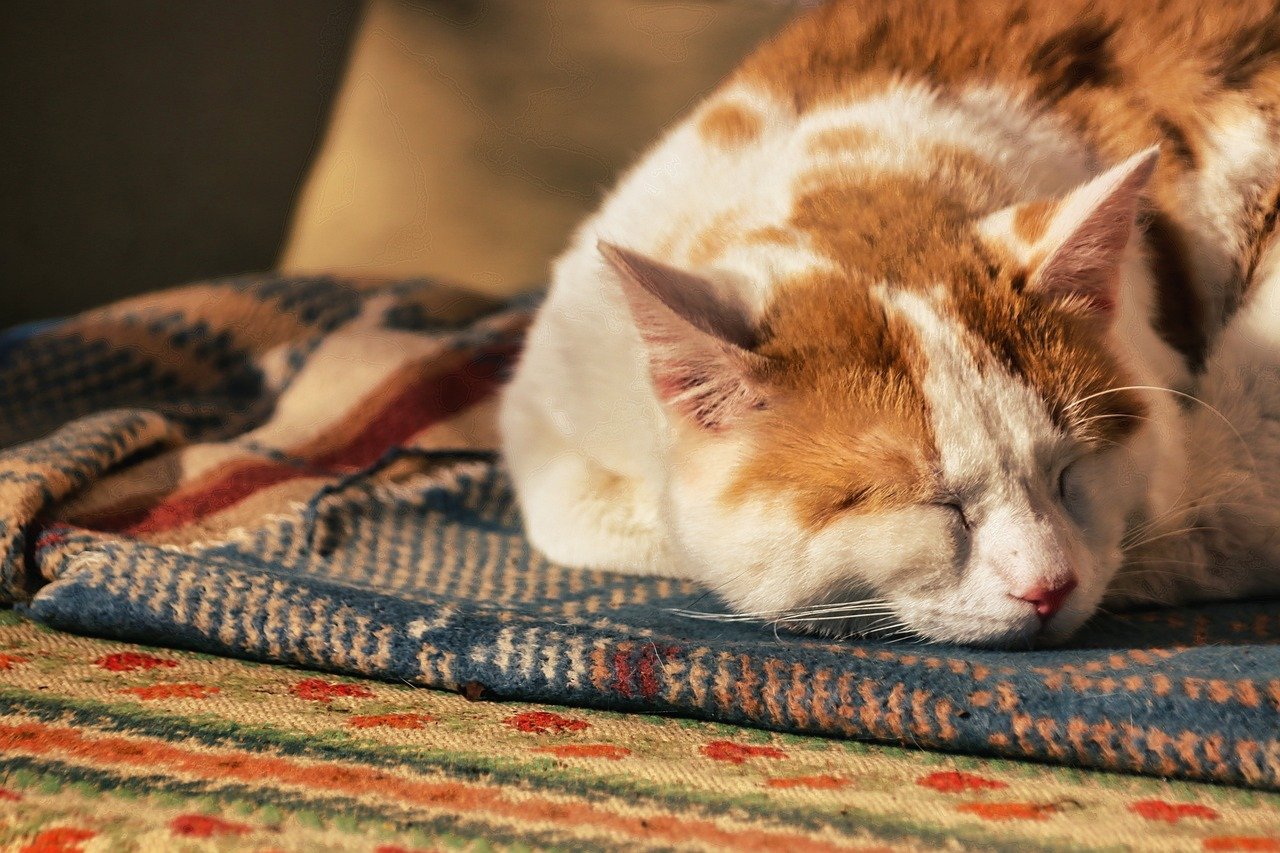
One of the earliest signs of cognitive decline in cats is a change in their sleep patterns. Cats with cognitive issues may sleep more during the day and become restless at night. You might notice your cat wandering around the house or meowing loudly during the wee hours. These changes can be unsettling both for you and your pet. Sleep disturbances might also lead to increased anxiety or irritability in your feline friend. Keeping a sleep diary can help you track these changes and discuss them with your veterinarian.
Observing Altered Interaction with Humans and Pets
Cats are known for their unique personalities and ways of interacting with their owners and other pets. If you notice your cat becoming less social or showing disinterest in activities they once enjoyed, it could be a sign of cognitive decline. They may become less responsive to your presence or seem more aloof. Changes in interaction can also manifest as increased clinginess or aggression. Understanding these behavioral shifts can be crucial in identifying cognitive issues early on.
Noticing Changes in Grooming Habits
Cats are meticulous groomers, and a decline in grooming habits can be a red flag for cognitive decline. You might notice your cat’s coat becoming unkempt or matted, indicating they are not grooming themselves as frequently. This change can be due to confusion, forgetfulness, or a loss of interest in personal hygiene. It’s essential to assist your cat with grooming if you notice these changes, as it can prevent skin issues and help maintain their overall health.
Recognizing Disorientation and Confusion
Disorientation and confusion are common signs of cognitive decline in cats. Your cat might appear lost in familiar surroundings or have difficulty navigating their way around the house. They may forget the location of their litter box or food bowl. These signs can be distressing for the cat and require patience and understanding from their owner. Providing a stable environment and maintaining a routine can help reduce confusion and anxiety for your pet.
Identifying Changes in Appetite and Eating Habits
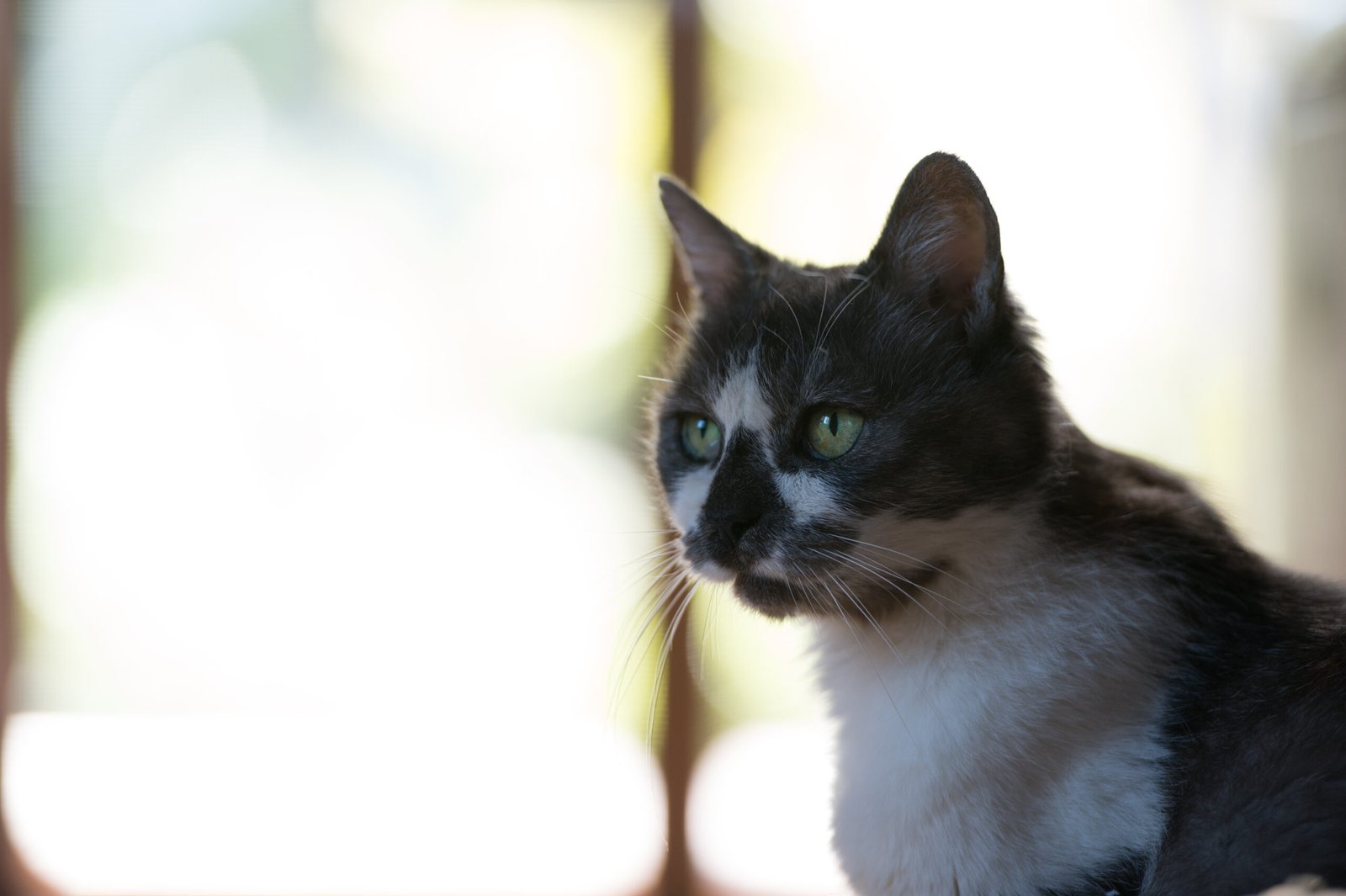
Cognitive decline can also manifest in changes in appetite or eating habits. Your cat may become less interested in food or forget to eat altogether. On the flip side, some cats may develop increased hunger or unusual eating behaviors. Monitoring your cat’s weight and eating patterns can help you identify these changes early. Providing a calm feeding environment and consistent meal times can assist in managing these issues.
Paying Attention to Vocalization Changes
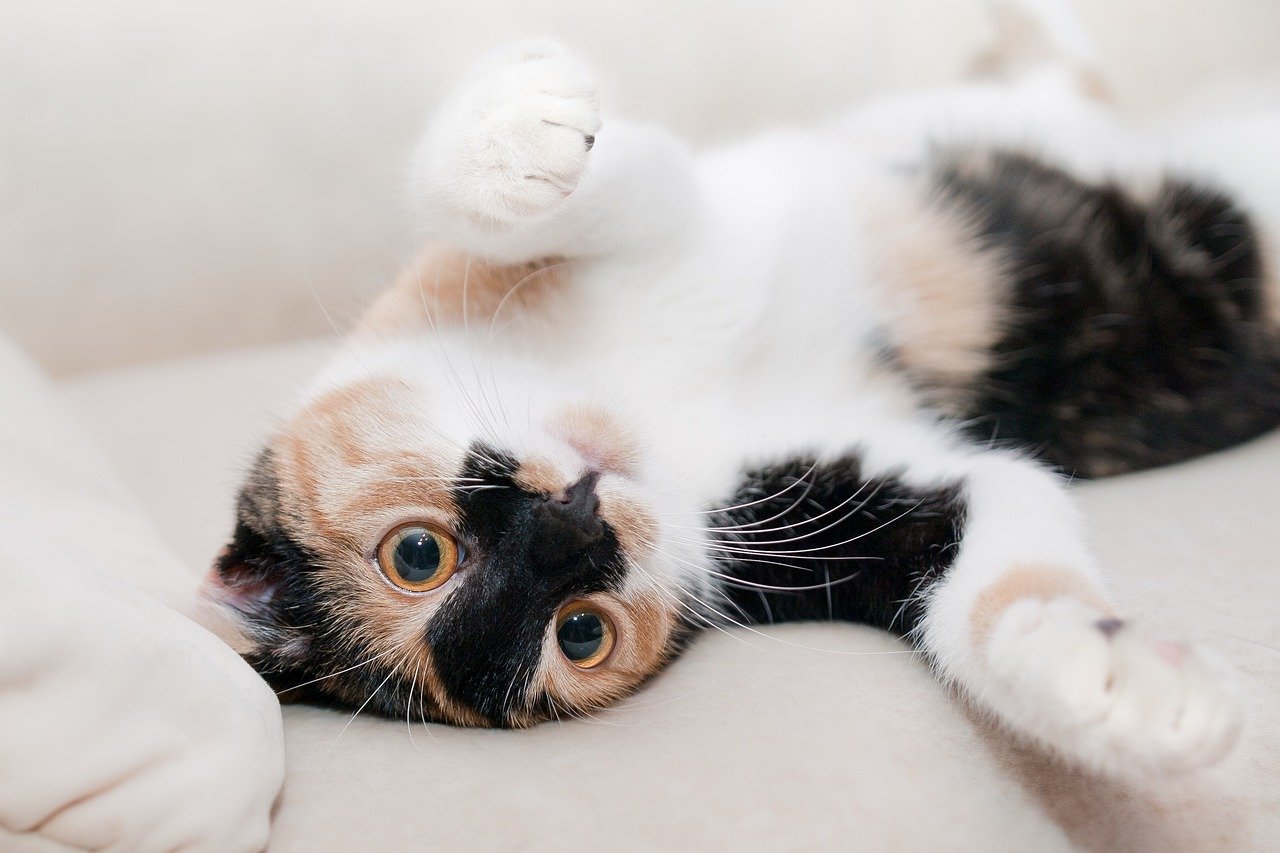
Increased vocalization or changes in the sounds your cat makes can be a sign of cognitive decline. Cats may start meowing more frequently or at inappropriate times, such as during the night. These vocalizations can be a result of confusion, anxiety, or a need for reassurance. It’s important to observe these changes and provide comfort and security to your cat. Sometimes, a simple cuddle or soothing words can make a significant difference.
Examining Litter Box Behavior
Changes in litter box behavior can also indicate cognitive decline. Your cat might forget where the litter box is located or start having accidents outside of it. This behavior is not typically a result of defiance but rather confusion or memory loss. Ensuring easy access to the litter box and maintaining a clean environment can help mitigate these issues. Consulting with a veterinarian can also provide further insight and solutions.
Monitoring Physical Activity Levels

Cats experiencing cognitive decline may exhibit changes in their physical activity levels. They might become less active, avoiding playtime or exercise they once enjoyed. Alternatively, some cats may become more restless, pacing around without purpose. Observing these changes can help you identify potential cognitive issues. Encouraging gentle play and providing stimulating toys can help keep your cat engaged and active.
Assessing Reaction to Environmental Changes
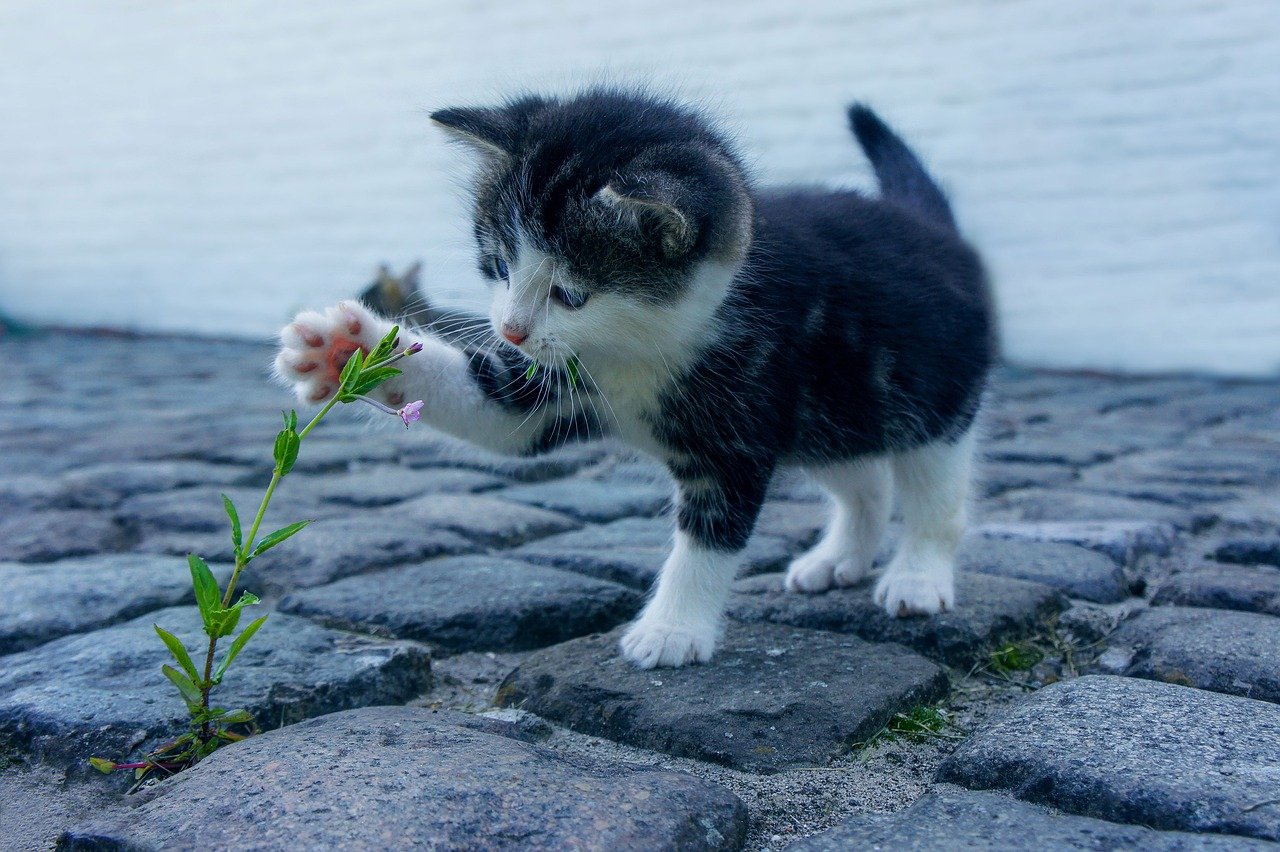
Cats with cognitive decline may struggle with environmental changes or disruptions in their routine. They might become more anxious or stressed in response to new situations or unfamiliar surroundings. It’s important to provide a stable and predictable environment for your cat. Gradual introductions to new elements and maintaining a consistent routine can help alleviate stress and confusion for your pet.
Recognizing Decreased Responsiveness to Commands
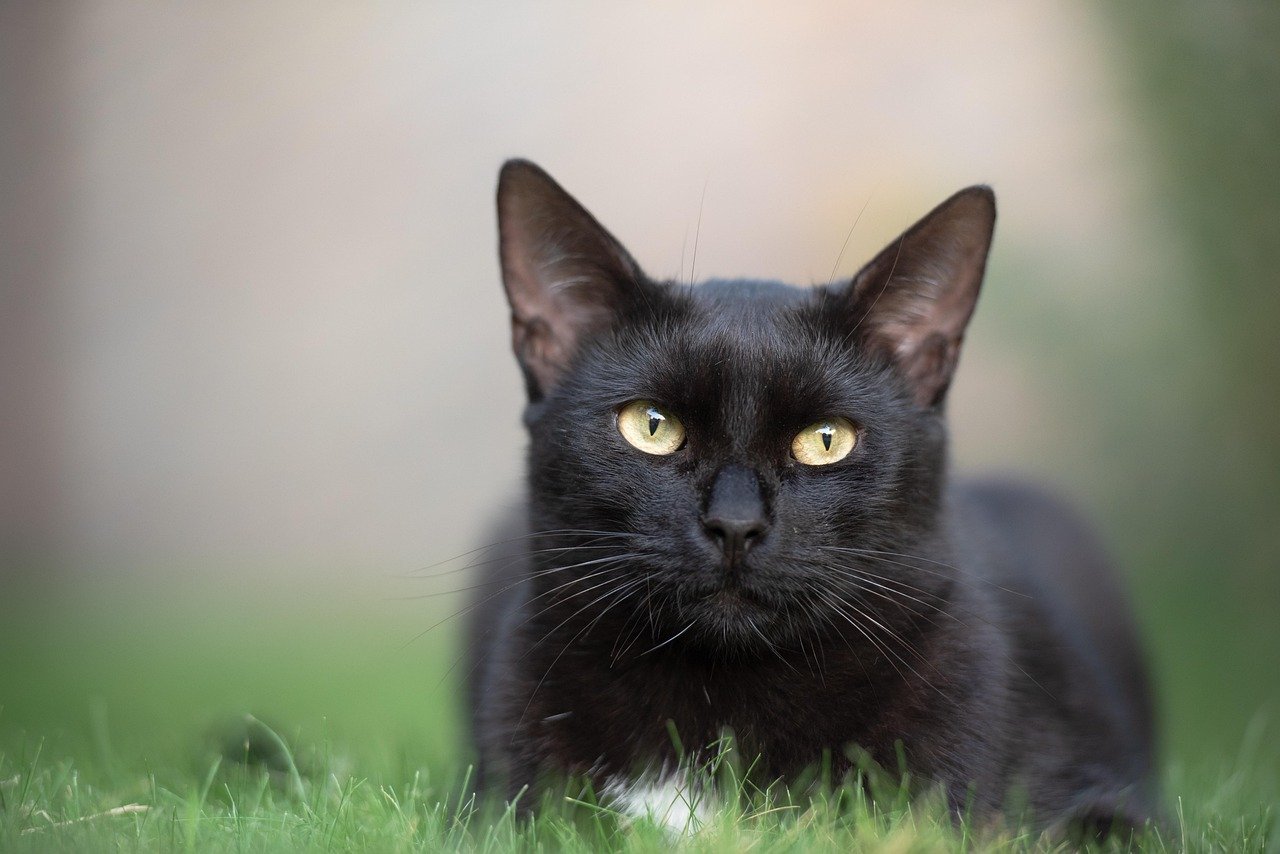
A decline in responsiveness to commands or familiar cues can be a sign of cognitive decline. Your cat may seem to ignore their name or fail to respond to common commands. This behavior can be frustrating, but it’s important to remember that it might be a result of cognitive issues rather than defiance. Being patient and using positive reinforcement can help maintain communication with your cat.
Noticing Increased Anxiety or Agitation
Cognitive decline can lead to increased anxiety or agitation in cats. They may become more skittish or easily startled by sounds or movements. These changes can be distressing for both the cat and their owner. Providing a safe and comforting environment can help reduce anxiety. Using calming products or pheromone diffusers may also offer additional support.
Understanding the Role of Genetics
Genetics can play a role in the cognitive health of cats. Some breeds may be more prone to cognitive decline than others. Understanding your cat’s breed and genetic predisposition can help you prepare for potential cognitive issues. Regular veterinary check-ups and proactive care can make a significant difference in managing your cat’s cognitive health.
Exploring the Impact of Diet and Nutrition
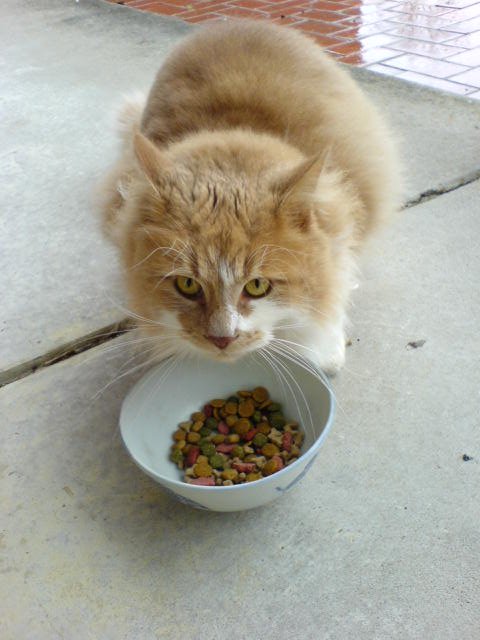
Diet and nutrition can influence a cat’s cognitive health. Providing a balanced diet rich in essential nutrients can support brain function and overall well-being. Omega-3 fatty acids, antioxidants, and vitamins are known to promote cognitive health. Consulting with a veterinarian can help you choose the best diet for your cat’s needs, potentially slowing the progression of cognitive decline.
Considering the Influence of Age
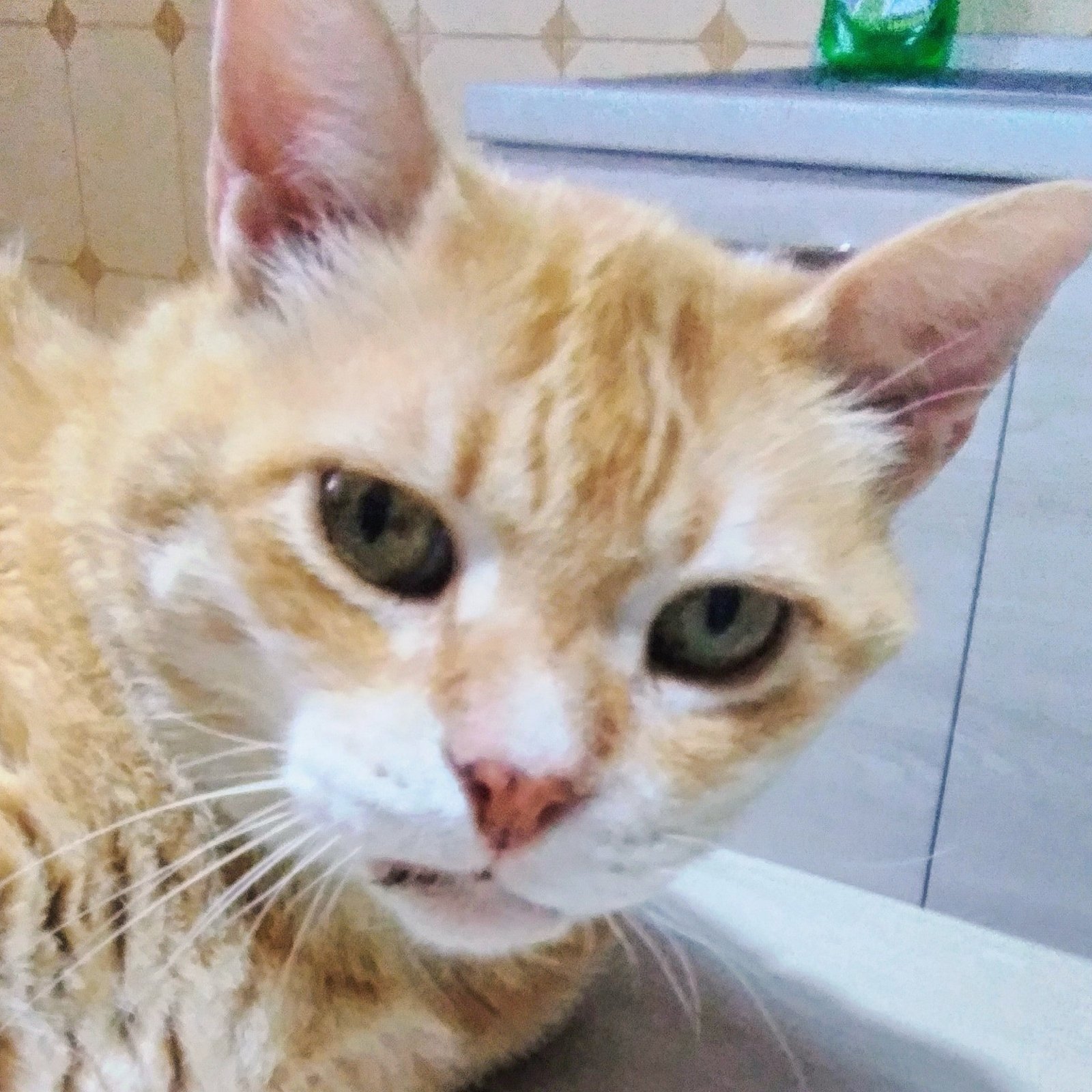
Age is a significant factor in cognitive decline. As cats grow older, they are more likely to experience cognitive issues. Understanding the natural aging process and its impact on cognitive health can help you provide appropriate care for your senior cat. Regular health check-ups and monitoring for early signs of decline can enhance your cat’s quality of life as they age.
Recognizing the Importance of Regular Vet Visits
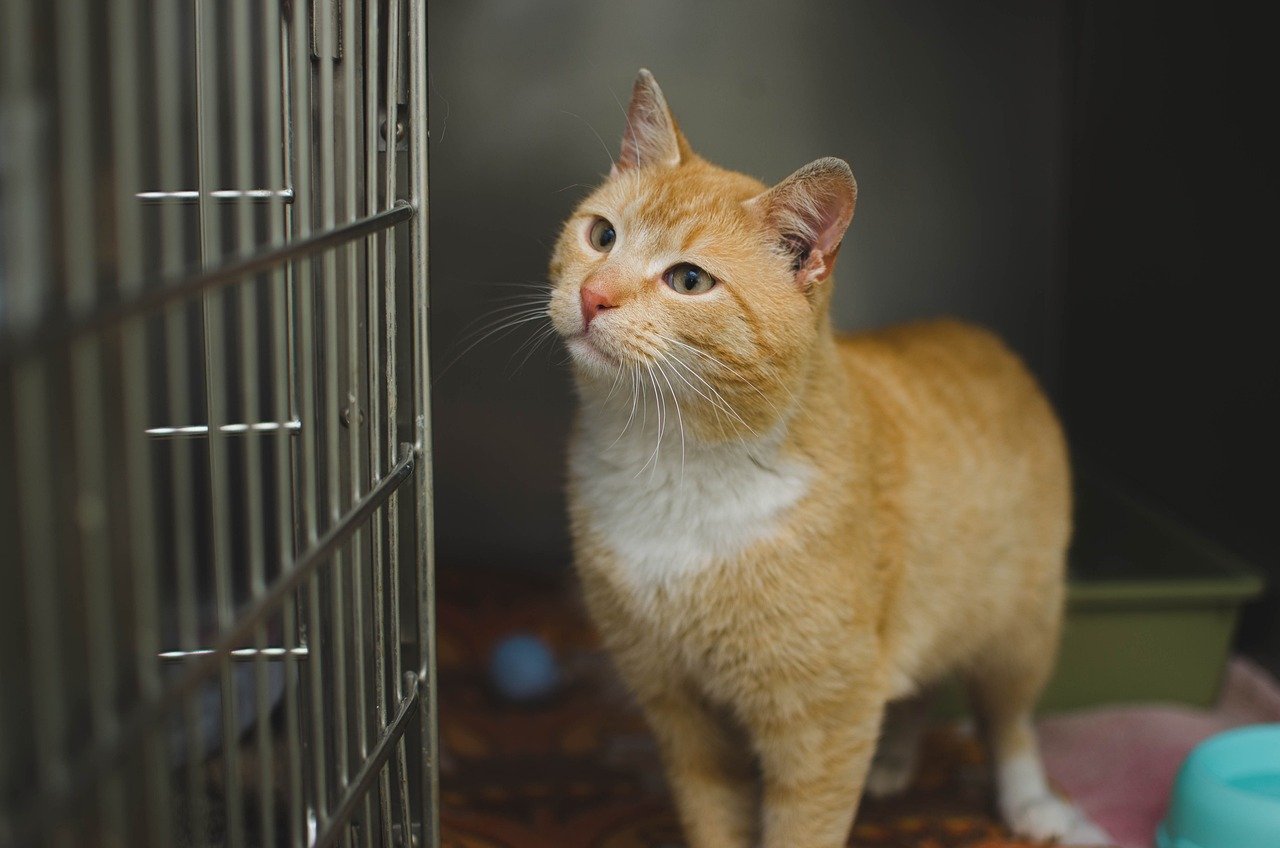
Regular veterinary visits are crucial in detecting cognitive decline early. Veterinarians can perform assessments and provide guidance on managing cognitive issues. They can recommend treatments, supplements, or lifestyle changes to support your cat’s cognitive health. Keeping open communication with your vet and scheduling regular check-ups can ensure your cat receives the best care possible.
Exploring Treatment Options
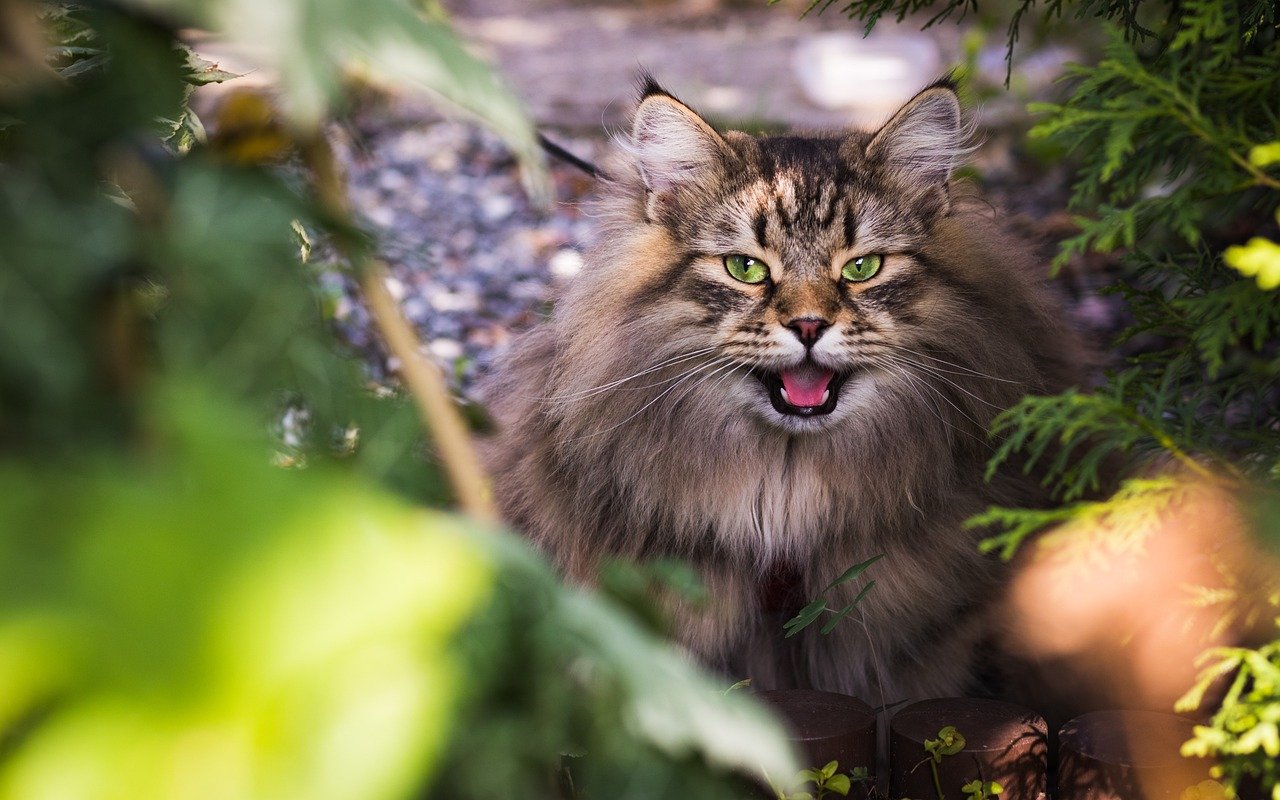
While there is no cure for cognitive decline, there are treatment options available to help manage the condition. Medications, supplements, and dietary changes can support cognitive health and alleviate symptoms. Your veterinarian can recommend the best treatment plan based on your cat’s specific needs. Early intervention and consistent care can make a significant difference in your cat’s quality of life.
Providing a Stimulating Environment
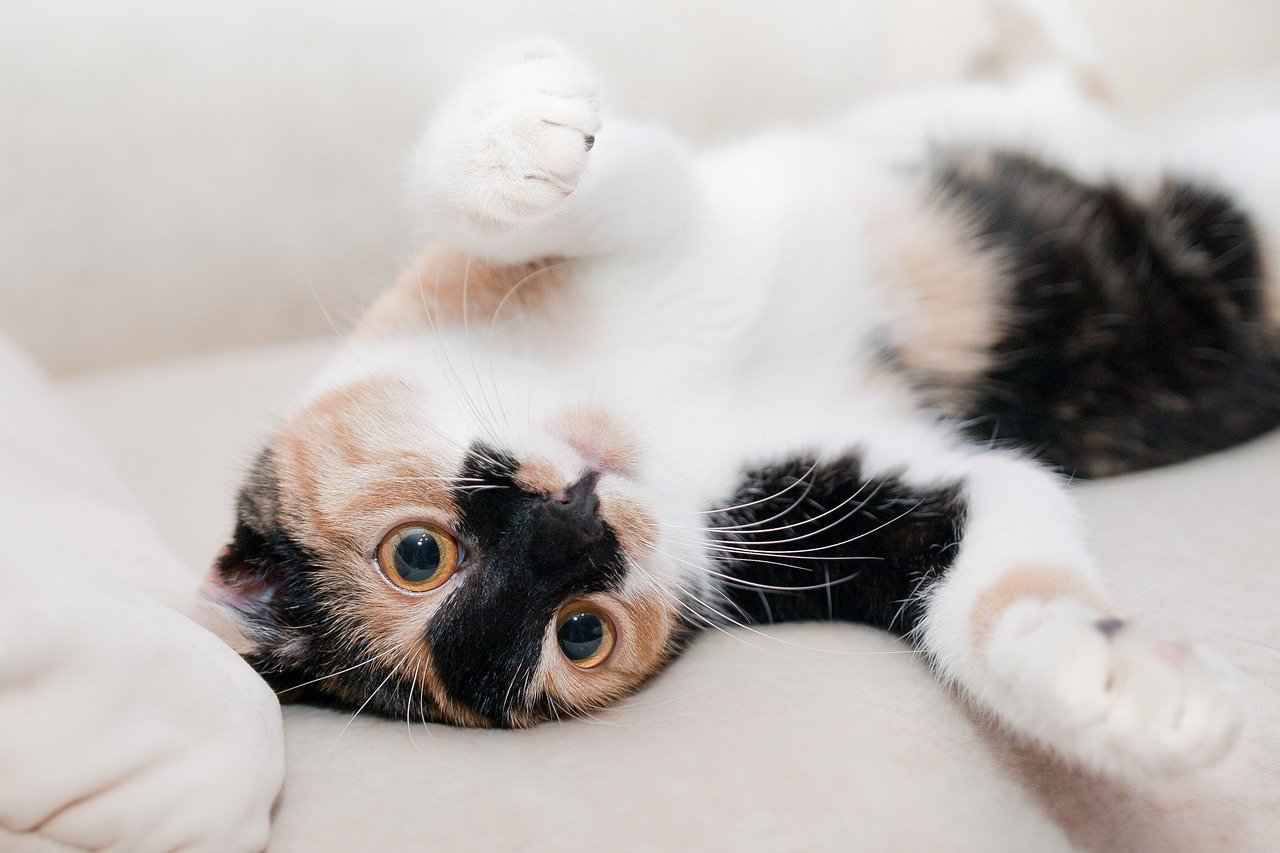
Creating a stimulating environment can help support your cat’s cognitive health. Enrichment activities, interactive toys, and puzzle feeders can keep your cat’s mind engaged. Regular playtime and social interaction can also promote mental well-being. Providing a variety of activities and challenges can help slow cognitive decline and enhance your cat’s quality of life.
Maintaining a Supportive Routine
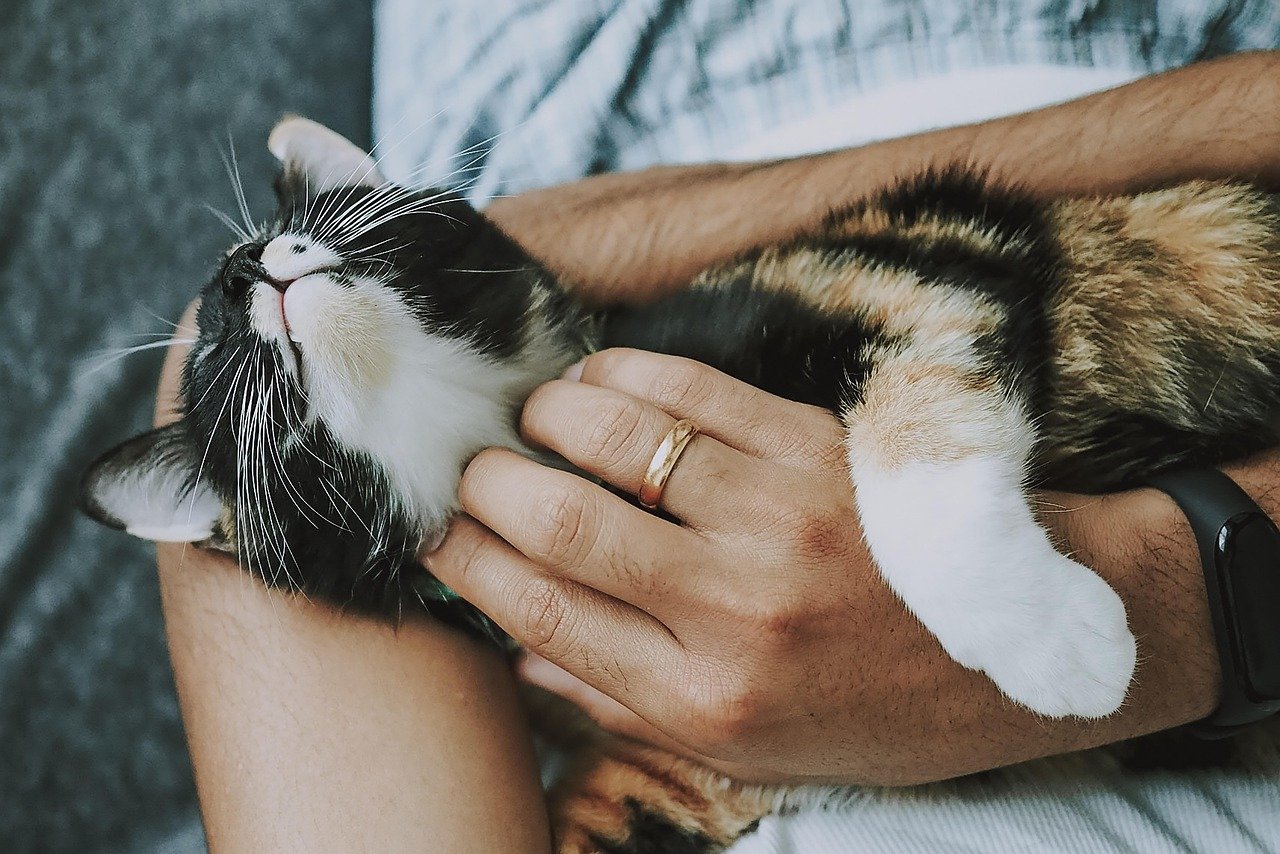
A consistent routine can provide comfort and stability for cats experiencing cognitive decline. Regular feeding times, play sessions, and grooming can help reduce anxiety and confusion. Maintaining a predictable schedule can help your cat feel secure and supported. Being patient and understanding with your cat’s needs can foster a positive environment for both of you.
Conclusion
Recognizing the early signs of cognitive decline in cats is crucial in providing the best care for your aging feline friend. By monitoring changes in behavior, sleep, eating habits, and interaction, you can identify potential cognitive issues early on. With the support of your veterinarian, you can explore treatment options and create a nurturing environment to enhance your cat’s quality of life. Embracing the journey of aging with your cat can strengthen the bond you share and ensure they receive the love and care they deserve.
Hi, I’m Bola, a passionate writer and creative strategist with a knack for crafting compelling content that educates, inspires, and connects. Over the years, I’ve honed my skills across various writing fields, including content creation, copywriting, online course development, and video scriptwriting.
When I’m not at my desk, you’ll find me exploring new ideas, reading books, or brainstorming creative ways to solve challenges. I believe that words have the power to transform, and I’m here to help you leverage that power for success.
Thanks for stopping by, Keep coming to this website to checkout new articles form me. You’d always love it!






